Microsoft release Windows 10 Optional Cumulative Update KB5005611 with News and Interest fixes, more
8 min. read
Updated on
Read our disclosure page to find out how can you help MSPoweruser sustain the editorial team Read more
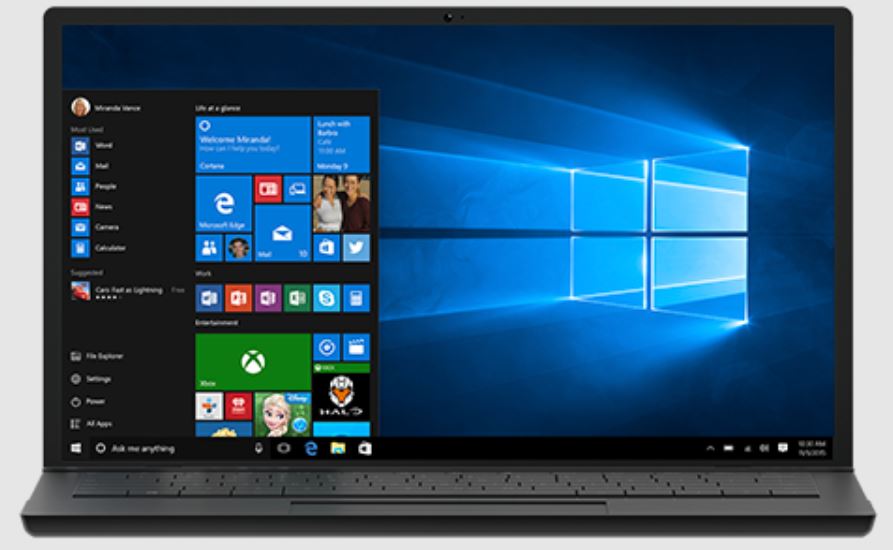
Microsoft has released Windows 10 Optional Cumulative Update KB5005611 to Windows 10 users running version 19041.1266, 19042.1266, and 19043.1266 (ie. Windows 10 May 2020 Update, October 2020 Update and May 2021 Update).
The optional update allows admins to test the update before its full rollout at Patch Tuesday.
The highlights of the update include:
-
Updates an issue that causes the system clock to be wrong by one hour after a daylight saving time (DST) change.
- Updates an issue that causes applications, such as Microsoft Outlook, to suddenly stop working during normal use.
- Updates an issue with the Microsoft Outlook Add-in that prevents you from typing a reply.
- Updates an issue that causes blurry News and interests icons when you use certain screen resolutions.
- Updates an issue that causes News and interests to appear when you right-click the taskbar even if you have turned off that feature on your device.
- Updates an issue that might cause distortion in the sound that Cortana and other voice assistants record.
- Updates an issue that causes your device to stop working after you restart it.
-
Updates an issue that prevents you from providing input to apps when the taskbar is not at the bottom of the screen.
The full changelog includes:
-
Addresses an issue that changes the device’s current UI language. This occurs during an unattended out-of-box experience (OOBE) language pack installation scenario on a desktop.
- Addresses an issue that causes the system time to be incorrect by one hour after a daylight saving time (DST) change.
- Addresses an issue that causes the Server Manager application to disappear after you use it to remove Hyper-V features on Windows Server 2022.
- Addresses an issue with parsing time formats in event logs. This issue occurs when you exclude milliseconds.
- Addresses an issue that causes the DnsCache service to increase the CPU usage to 100% utilization. As a result, the device stops responding.
- Provides administrators the option to reset the zoom to the default for HTML dialogs in Microsoft Edge Internet Explorer mode.
- Addresses an issue with Enterprise Mode Site List redirection from Internet Explorer 11 to Microsoft Edge. In certain circumstances, the redirection opens a site in multiple tabs in Microsoft Edge.
- Addresses an issue with PropertyGet in JScript9.dll.
- Addresses an issue that stops calls to the Windows Image Acquisition (WIA) minidriver for Windows Portable Devices (WPD) devices that you access using WIAMgr.
- Addresses an issue that causes applications, such as Microsoft Outlook, to suddenly stop responding during normal use. This occurs if the application created and removed UI elements on a background thread that is no longer receiving messages.
- Addresses an issue with the Microsoft Outlook Add-in that prevents you from providing input after you select Reply.
- Addresses an issue that fails to keep the NumLock state after a Fast Startup restart.
- Addresses an issue with sharing a screen using Microsoft Teams. Protected content, such as a digital rights management (DRM) email, appears black for the presenter, but appears transparent for everyone else.
- Addresses an issue that might prevent drawing on the screen using Windows Context::UpdateRgnFromRects from working.
- Addresses an issue that always reports the update build revision (UBR) as zero (0) on a device during enrollment to mobile device management (MDM) service.
- Addresses an issue that might cause distortion in the audio that Cortana and other voice assistants capture.
- Removes the limitation of 25 maximum Traffic Selectors in the Windows native Internet Key Exchange (IKE) client and server.
- Addresses an issue that fails to display the smart card PIN dialog when you are connected to a virtual private network (VPN). This issue occurs after upgrading to Windows 10, version 2004.
- Addresses an issue that causes a memory leak in lsass.exe when the pTokenPrivileges buffer is not released.
- Addresses an issue with a non-paged pool (NPP) leak from the UxSF pool tag. This leak occurs when lsass.exe stops processing asynchronous Security Support Provider Interface (SSPI) calls.
- Addresses an issue that prevents the xhunter1.sys driver from loading. As a result, some games cannot run when you enable Hypervisor-Protected Code Integrity (HVCI).
- Addresses an issue that causes Windows to stop working if you deploy a Code Integrity policy without user mode rules.
- Improves the performance of MsSense.exe in environments with User Datagram Protocol (UDP) applications that require high amounts of bandwidth.
- Addresses an input method editor (IME) mode instability in the RemoteApp scenario. You must install this update on the Remote Desktop server and Remote Desktop client.
- Addresses an issue that causes blurry News and interests icons when you use certain screen resolutions.
- Addresses a paged pool memory leak of the registry keys for the Virtual Desktop ID that occurs in explorer.exe.
- Removes a hyperlink that might cause the Input app to stop working when you first enter fuzzy pinyin content.
- Addresses an activation issue for the Input application.
- Addresses an issue that causes LogonUI.exe to stop working because Direct Manipulation fails to start.
- Addresses an issue that causes News and interests to appear in the context menu even when you have disabled it on a device.
- Addresses an issue that causes the configuration for multiple artifact DB support across datacenters to fail for Security Assertion Markup Language (SAML) artifacts.
- Addresses an issue that causes the LsaLookupSids() function to fail. This occurs when there are security identifiers (SID) for users that no longer exist in a group that contains cross-domain trusted users.
- Addresses an issue that fails to apply the post_logout_redirect_uri= parameter when you use an External Claims Provider.
- Addresses an issue with a deadlock in the WebDav redirector that occurs when it attempts to read a file from the local TfsStore. As a result, the system stops responding.
- Addresses an issue that causes a stop error after a restart.
- Addresses an issue that causes apps to lose focus when the taskbar is not at the bottom of the screen.
- Implements a Group Policy setting for the following registry value:Registry location: HKLM\Software\Policies\Microsoft\Windows NT\Printers\PointAndPrint
Value name: RestrictDriverInstallationToAdministrators
Value data: 1
For more information, see KB5005010.
- Adds the ability to configure period or dot (.) delimited IP addresses interchangeably with fully qualified host names in the following Group Policy settings:
It comes with the following known issues:
| Symptoms | Workaround |
|---|---|
| Devices with Windows installations created from custom offline media or custom ISO image might have Microsoft Edge Legacy removed by this update, but not automatically replaced by the new Microsoft Edge. This issue is only encountered when custom offline media or ISO images are created by slipstreaming this update into the image without having first installed the standalone servicing stack update (SSU) released March 29, 2021 or later.
Note Devices that connect directly to Windows Update to receive updates are not affected. This includes devices using Windows Update for Business. Any device connecting to Windows Update should always receive the latest versions of the SSU and latest cumulative update (LCU) without any extra steps. |
To avoid this issue, be sure to first slipstream the SSU released March 29, 2021 or later into the custom offline media or ISO image before slipstreaming the LCU. To do this with the combined SSU and LCU packages now used for Windows 10, version 20H2 and Windows 10, version 2004, you will need to extract the SSU from the combined package. Use the following steps to extract the using SSU:
If you have already encountered this issue by installing the OS using affected custom media, you can mitigate it by directly installing the new Microsoft Edge. If you need to broadly deploy the new Microsoft Edge for business, see Download and deploy Microsoft Edge for business |
| After installing the June 21, 2021 (KB5003690) update, some devices cannot install new updates, such as the July 6, 2021 (KB5004945) or later updates. You will receive the error message, “PSFX_E_MATCHING _BINARY_MISSING”. | For more information and a workaround, see KB5005322. |
You can download KB5005611 from the Microsoft Catalogue here or download it via Windows Update by going to Settings > Update & Security > Windows Update. In the Optional updates available area, you’ll find the link to download and install the update.
via WBI


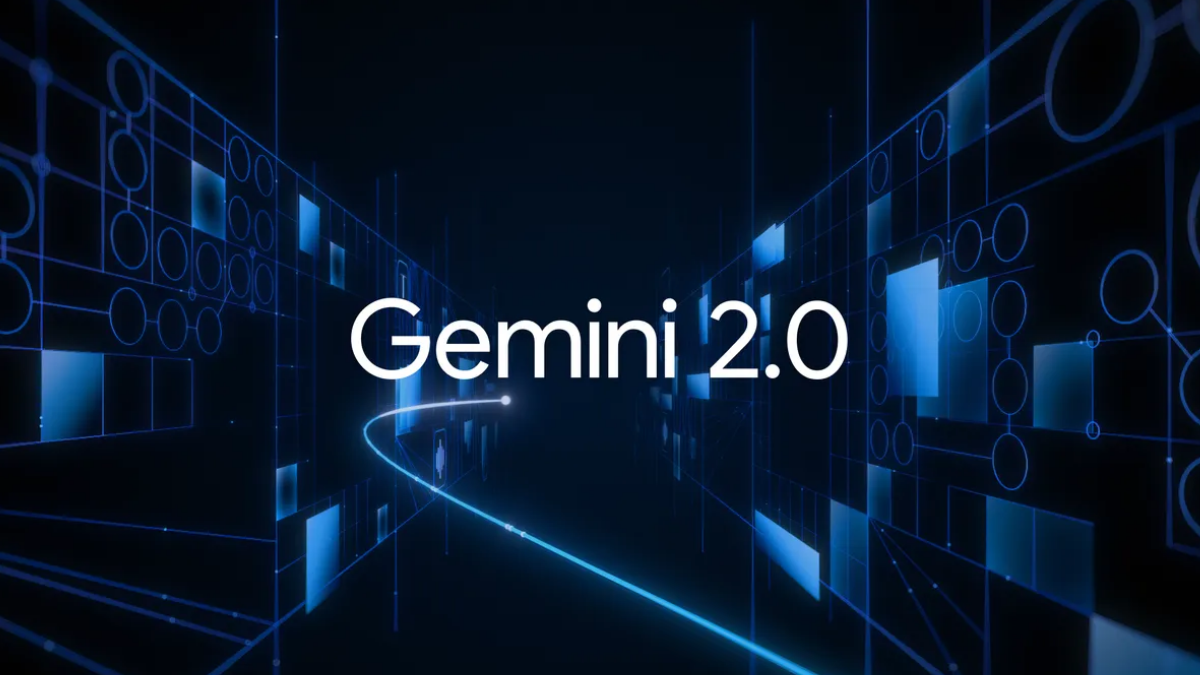
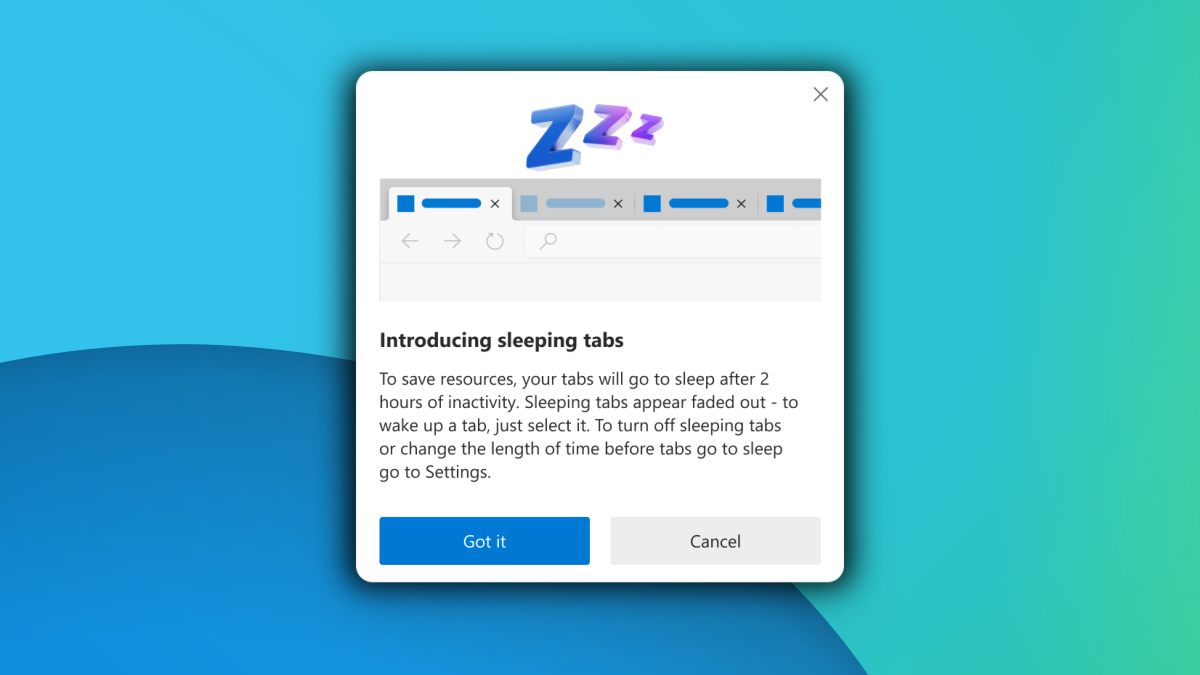

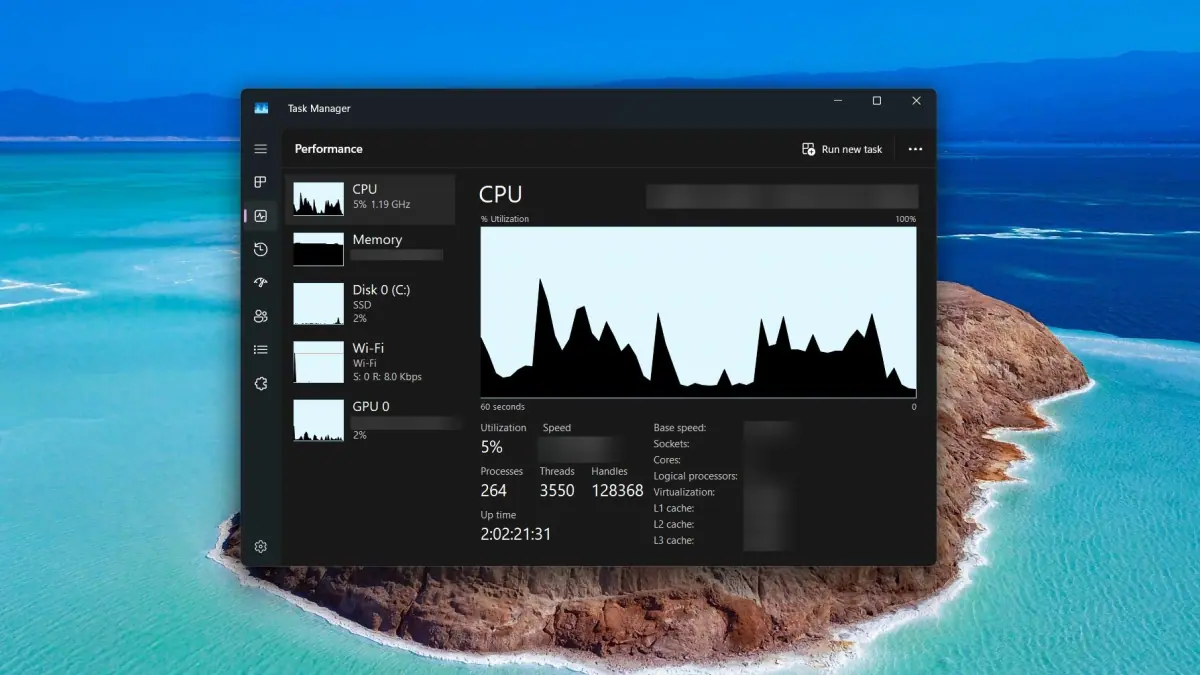
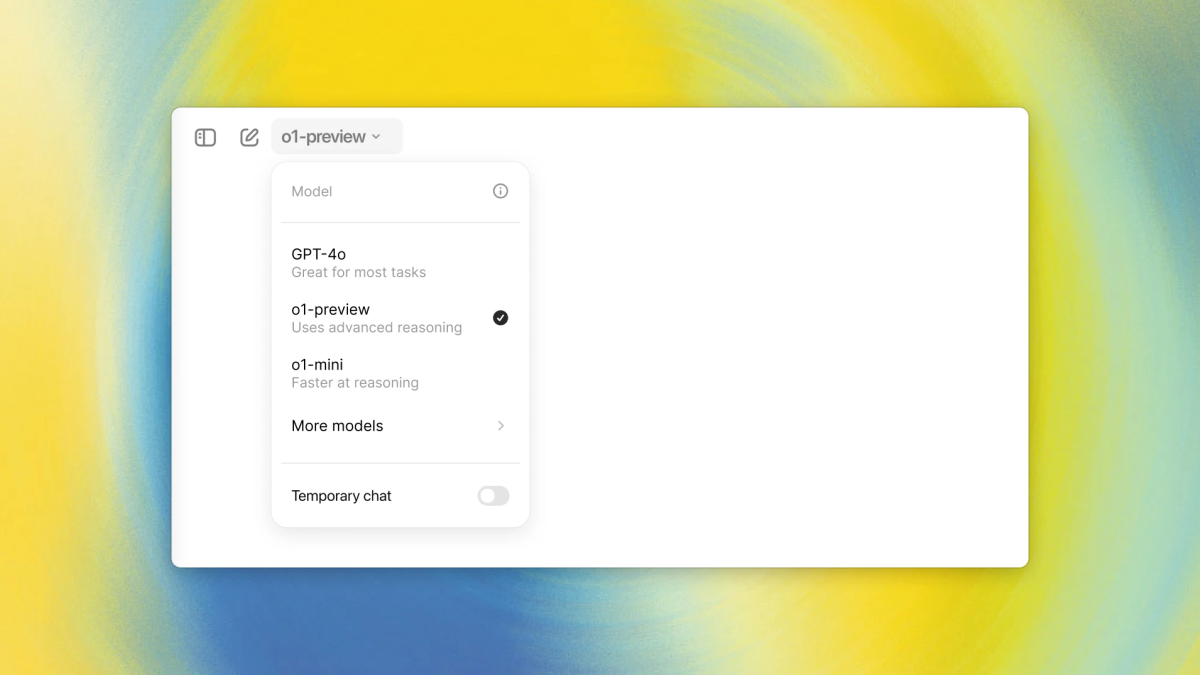

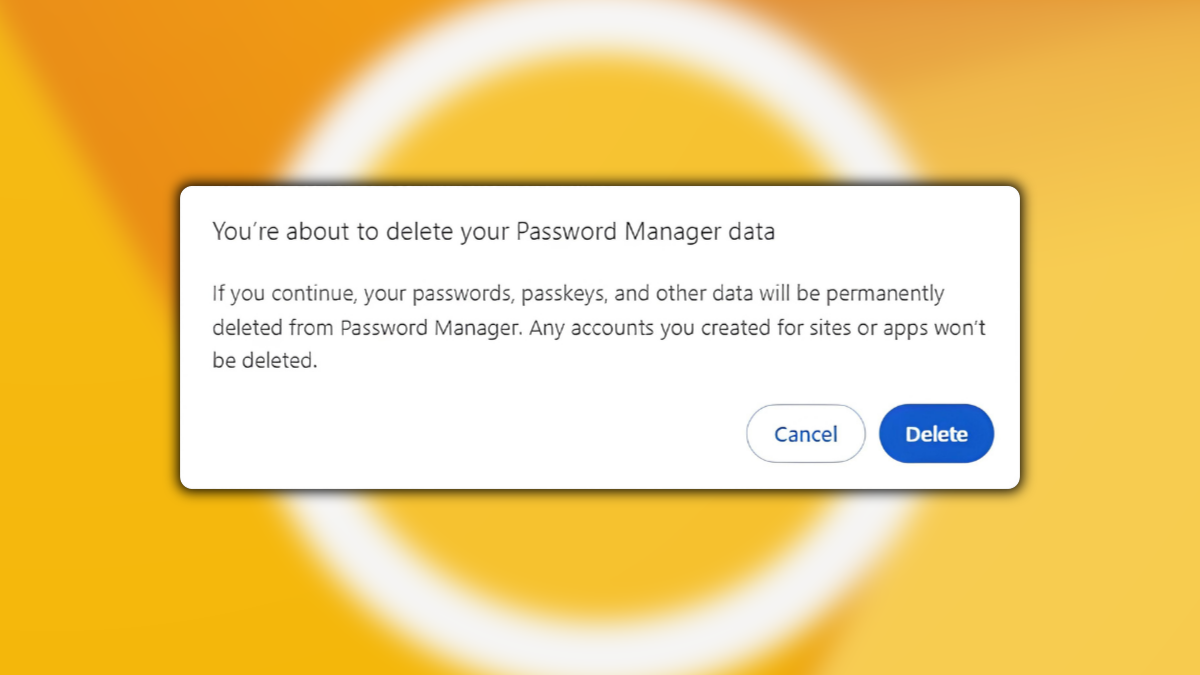
User forum
0 messages